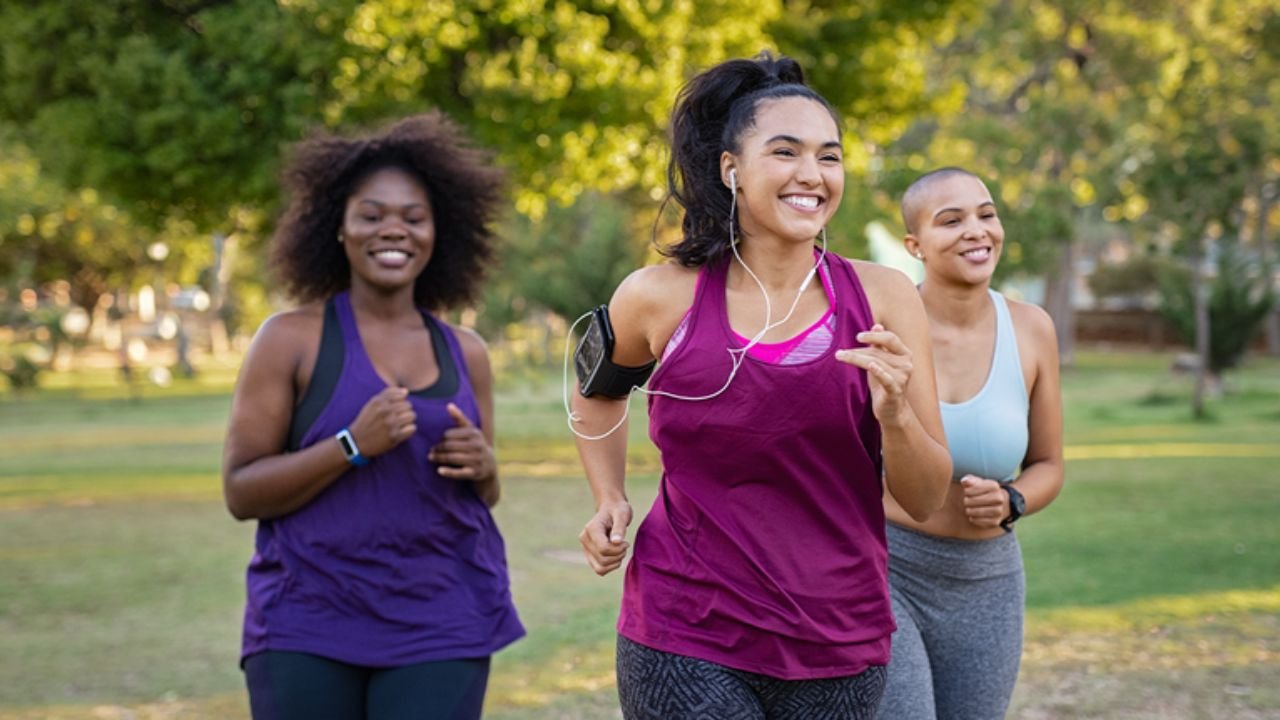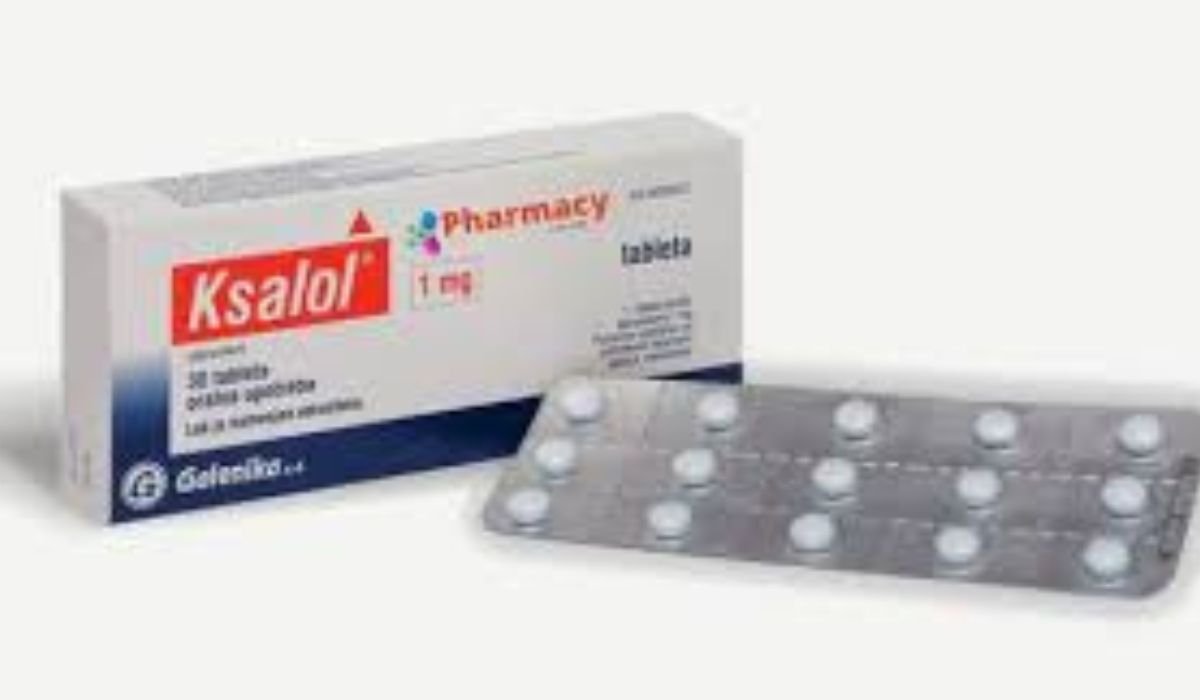You’re volunteering at a weekend food drive. It’s your third shift, and you’ve just helped an elderly man to his seat when his head suddenly drops and his body slumps sideways. People freeze. Someone calls for help, but it’s your hands that reach him first. Because last month, you completed a CPR first aid certification course, just in case.
You don’t hesitate.
In those next few minutes, before the ambulance arrives, you keep his airway open, monitor his pulse, and make sure he’s still breathing. Later, the EMT says your quick action probably saved his life.
This is the kind of moment no one ever expects, but for which every volunteer should be ready. While not all volunteer roles require certification, many do, especially those in schools, shelters, and community outreach programs. This guide breaks down when CPR and First Aid training is required, and why getting certified might be the smartest move you make before your next shift.
Is CPR First Aid Certification Required for Volunteers?
CPR First Aid certification is not always required for volunteers, but it depends on where you are helping. Some organizations, like hospitals, schools, or disaster relief groups, may require certification before you can volunteer. This is because there’s a higher chance of medical emergencies in these settings.
In other places, like animal shelters or food pantries, training may be optional but recommended. You might not need it to start volunteering, but having it can make you more helpful in an emergency.
Many community events or youth programs encourage volunteers to get certified, especially if they are working closely with kids or the elderly. In these cases, being trained gives everyone more peace of mind.
It’s always a good idea to ask your volunteer coordinator if certification is needed. Even if it’s not, getting trained can help you feel more confident and prepared to help others.
CPR and First Aid Training Based on Volunteer Roles
Not all volunteer roles are the same. Each one comes with different responsibilities, environments, and expectations. Because of that, the type of CPR and first aid training you need can vary. Here are the different types of CPR and First Aid certifications available for various volunteer roles:
- Youth Programs (Sports, Camps, Schools)
Volunteers working with kids often need CPR and First Aid training. Emergencies like choking, asthma attacks, or minor injuries can happen anytime. This training teaches you how to stay calm and help until professional help arrives. It’s especially important when caring for young children who may not speak up.
- Medical Missions or Disaster Relief
These roles involve helping people in serious situations, like after a storm or in poor areas. Volunteers may need advanced training like Basic Life Support (BLS). You learn how to handle trauma, illness, and injuries. This training helps you stay safe while caring for others during tough emergencies.
- Homeless Shelters or Food Pantries
You may meet people with health problems like diabetes, heart disease, or drug use. CPR and First Aid training helps you know what to do if someone faints, stops breathing, or needs quick help. It shows you care and helps keep both you and others safe during your time volunteering.
- Community Events or Festivals
These places are fun but can be risky due to large crowds. People may faint, get too hot, fall, or get hurt. Basic CPR and First Aid skills help you act quickly and prevent things from getting worse. Your training can make a big difference while others wait for help.
- Animal Shelters
Even though you care for animals, people can still get hurt. Scratches, bites, or allergic reactions can happen. Basic First Aid helps you clean wounds and stay calm. It’s a great way to protect yourself and your team while doing good work for animals and the people who visit.
What Are the Benefits of CPR Certification for Volunteers?
Even if it’s not required, getting CPR certified can offer significant advantages for volunteers. It teaches you how to act quickly and safely during a medical emergency. The advantages of getting CPR certified for volunteers are
- Learn life-saving skills: CPR certification teaches you how to respond in emergencies like cardiac arrest or choking.
- Feel confident in emergencies: Training helps you stay calm and act quickly when someone needs help.
- Stand out as a volunteer: Organizations value volunteers who are trained and ready for emergencies.
- Help protect others: Your skills can make a real difference when volunteering with children, seniors, or large groups.
- Meet role requirements: Some volunteer positions may require or prefer CPR-certified individuals.
- Show your commitment: Being certified shows that you take your role seriously and care about safety.
Fitting CPR Training Into Your Volunteering Schedule
You may wonder, “Do I have time to get certified?” The good news is that CPR and First Aid training doesn’t take long, and it can often be done online. Most basic certification courses take only 2 to 4 hours and are available both in person and online. Here are tips to balance both training and volunteer commitments::
- Choose Online or Hybrid Courses: You can take flexible, self-paced CPR courses online, with some offering short in-person sessions.
- Check with Your Volunteer Coordinator: Ask your volunteer coordinator if training is provided or if you can start volunteering while getting certified.
- Make it a Group Activity: Invite fellow volunteers to join the course so you can learn together and stay motivated.
- Set a Realistic Goal: Choose a date within the next month or two and schedule time for your training.
Common Questions About CPR and First Aid Certification for Volunteers?
- Can I take CPR and first aid training online as a volunteer?
Yes, many trusted organizations offer CPR and first aid courses online. Some programs are fully online, while others include hands-on practice. These courses are flexible, so you can learn at your own pace. Just make sure the training is from a certified provider so it counts.
- Is CPR training hard?
No, CPR training is easy to understand and designed for people with no medical background. Instructors guide you step by step, using clear instructions and practice time. You’ll learn what to do in emergencies and feel more confident after. Anyone can learn CPR with the right training.
- Do I need special equipment to learn CPR?
No, you don’t need to bring any special equipment. Training centers provide everything you need, like manikins for practice and safety tools. If you’re learning online, some courses may ship practice kits to you. But in most cases, everything is included in the course.
- Why should I get trained if it’s not required?
CPR training can help you save lives. Even if it’s not required, it prepares you to act in an emergency. It also shows you’re a caring and prepared volunteer. Your training can make a big difference when someone needs help, even outside of your volunteer role.
Be Ready to Help When It Matters Most
Volunteering is a powerful way to help others, but being ready for an emergency makes you even stronger. CPR First Aid certification teaches you how to stay calm, act fast, and save lives. Whether you’re helping at a school, shelter, festival, or animal center, the right training gives you the confidence to handle anything. Some roles may require more training, like medical missions or working with children.
The best part? Getting certified is quick, easy, and often flexible. You can learn online, with friends, or through your organization. Even if it’s not required, it’s a smart choice. A few hours of learning can make a huge difference in someone’s life. So why wait? Start your training today and be ready to help!



